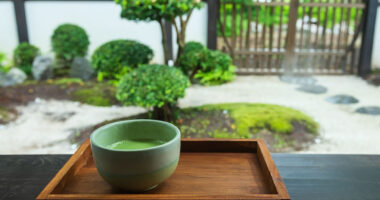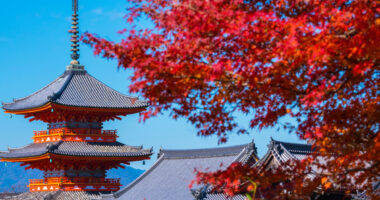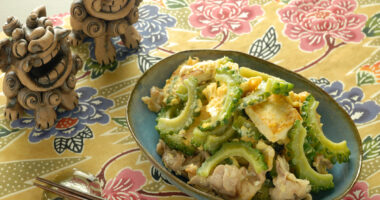Japanese cuisine is admired worldwide for its delicate seasonings and seasonal ingredients.
Sushi, tempura, and ramen are now familiar across the globe, beloved staples for many people.
But what about the ingredients behind the dishes?
In Japan, some foods are completely ordinary, yet to people overseas they may seem mysterious, even puzzling.
Whether it’s the appearance, aroma, texture, or preparation method, certain ingredients strike visitors as remarkably unique.
In this article, we’ll introduce a selection of such foods — from nattō (fermented soybeans) and shirako (milt of fish, and rarely mollusks) to namako (sea cucumber) — ingredients that Japanese people know well, but often surprise those from different food cultures.
Natto
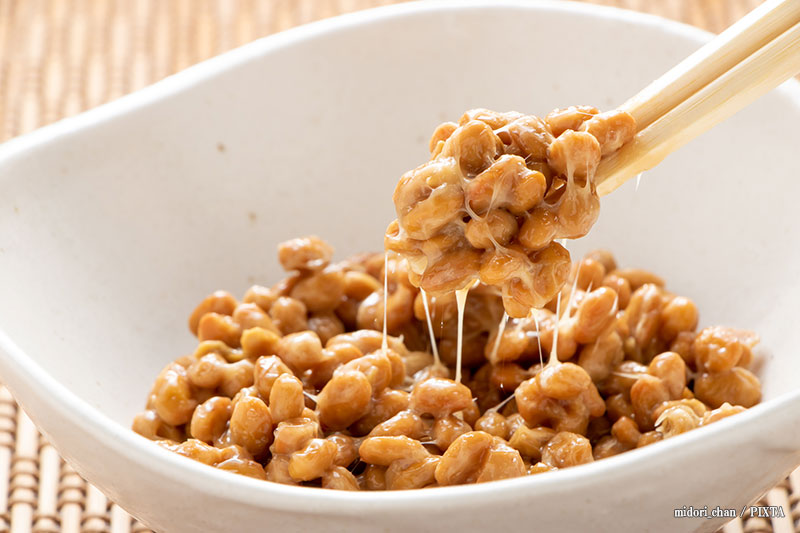
Natto (photo for illustrative purposes)
Made by fermenting soybeans with Bacillus subtilis, natto is a breakfast staple in Japan.
Its exact origins remain uncertain, with several theories about how it first came to be peaten. What is clear is that natto is deeply rooted in Japanese food culture, dating back at least to the Edo period (1603 to 1868).
Sticky, stringy, and pungent, natto divides opinion even among Japanese people. Many enjoy it over plain rice, while others mix it with egg, scallions, or kimchi.
Where to eat natto in Japan

Natto sold at a supermarket (photo for illustrative purposes)
Natto can be easily found at supermarkets and convenience stores, and it’s also very affordable.
Many households keep it stocked in the fridge, and it enjoys strong popularity as a health food.
These days, you’ll find plenty of variations—such as finely chopped, extra small beans, or large beans—so you can choose the style that best suits your taste.
At traditional Japanese inns (ryokan) that serve Japanese-style breakfasts, natto often appears as one of the side dishes.
Shirako
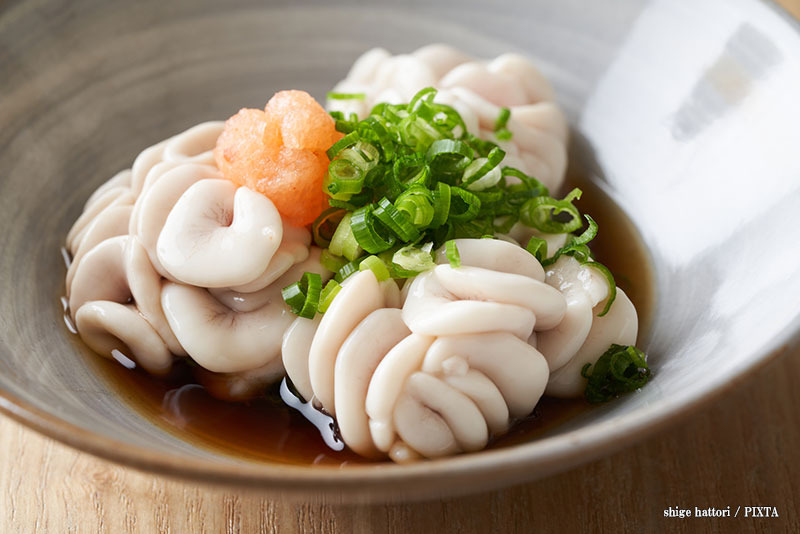
Shirako (photo for illustrative purposes)
Shirako refers to the milt of fish such as cod, fugu (pufferfish), or monkfish, and, rarely, mollusks such as squid or octopus.
Among the finest delicacies, fugu shirako is especially renowned as a luxury ingredient.
Because only a small amount can be taken from each fish, and fugu itself is considered a high-class fish, just a few hundred grams can sometimes cost over 10,000 JPY.
It can be enjoyed simply with ponzu sauce, or prepared as tempura or in a hot pot, each cooking style bringing out a different side of its flavor.
Where to eat shirako in Japan
In winter, when shirako is in season, it sometimes appears fresh at fish markets and upscale supermarkets, but preparing it at home can be a bit challenging.
That’s why the best way to enjoy shirako is at izakaya-style restaurants, kappō (fine dining) establishments, or sushi bars, where it’s often paired with sake.
Since it’s typically offered as a seasonal winter dish, part of the appeal is looking forward to the time of year when you can savor it.
Hoya (sea squirt)
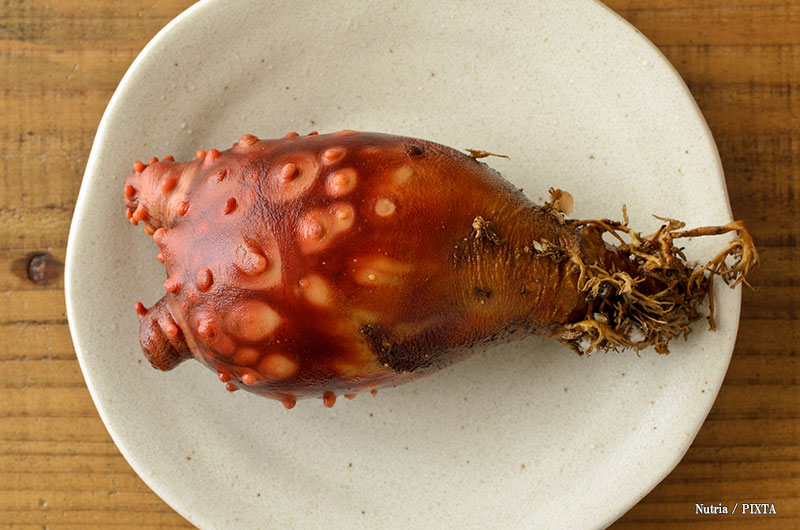
Hoya (photo for illustrative purposes)
Hoya (sea squirt), a type of seafood most commonly enjoyed in the Tohoku region, is also known as the “pineapple of the sea” for its unusual appearance.
Its texture is just as distinctive, difficult to sum up in a single word.
It has a springy, jelly-like firmness—soft yet pleasantly chewy at the same time.
As for the flavor, it carries a hint of sweetness balanced with a touch of bitterness and a strong briny aroma of the sea, making it something of an acquired taste. Served as sashimi or in vinegar dishes, its unique character really shines through.
Where to eat hoya in Japan
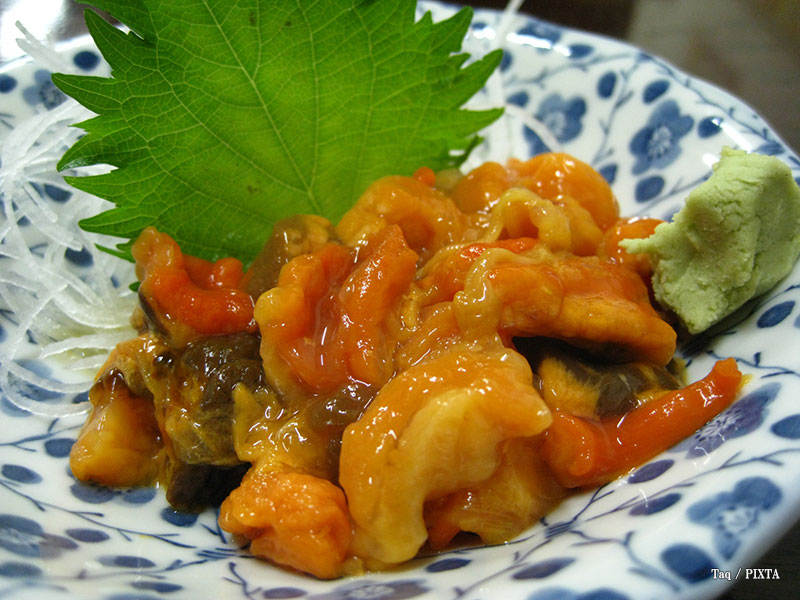
Hoya after being prepared (photo for illustrative purposes)
Hoya is in season from early summer through mid-summer, when the Pacific coast of the Tohoku region sees an abundance of exceptionally fresh catches.
You can find fresh hoya at fish markets, direct-from-farmers markets, and Tohoku specialty fairs.
In addition, many izakaya-style restaurants in the Tohoku region serve it as a seasonal delicacy, where it pairs perfectly with local sake.
Namako
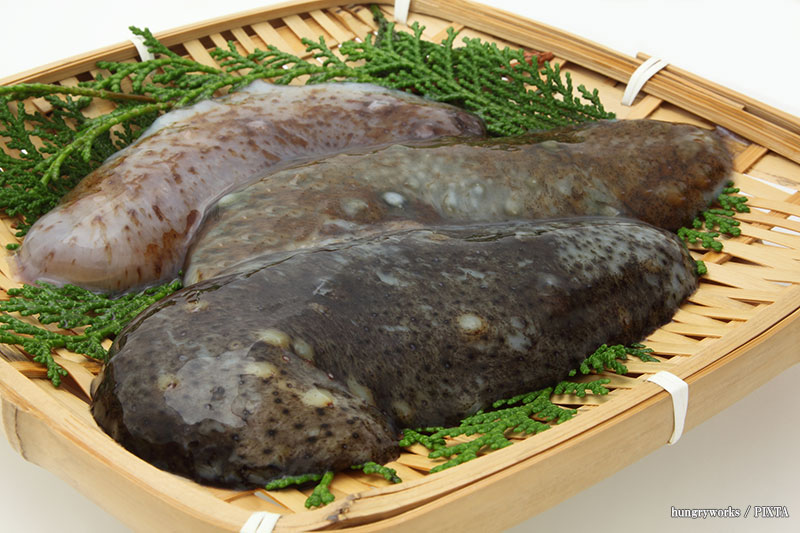
Namako (photo for illustrative purposes)
Though not especially well-known, namako enjoys steady popularity as sashimi or in vinegar-based dishes.
Its appearance may be startling at first, but once you try it, you may find its unique flavor surprisingly addictive.
Namako is an echinoderm that crawls along the seabed, and is a winter delicacy harvested from coastal waters all around Japan.
Eaten raw, it offers a crisp, pleasantly chewy texture, with a briny aroma that deepens as you chew.
In particular, namako-su (sea cucumber dressed with vinegar) is a classic dish that often appears on the table during New Year celebrations.
Where to eat namako in Japan
In winter, namako is often served at sushi restaurants and traditional Japanese kappo-style establishments across the country. At eateries near fishing ports especially, you may have the chance to try it at peak freshness.
Truly fresh namako offers exceptional texture and flavor, and in market-side restaurants it may even appear as a featured item on the “today’s special” menu.
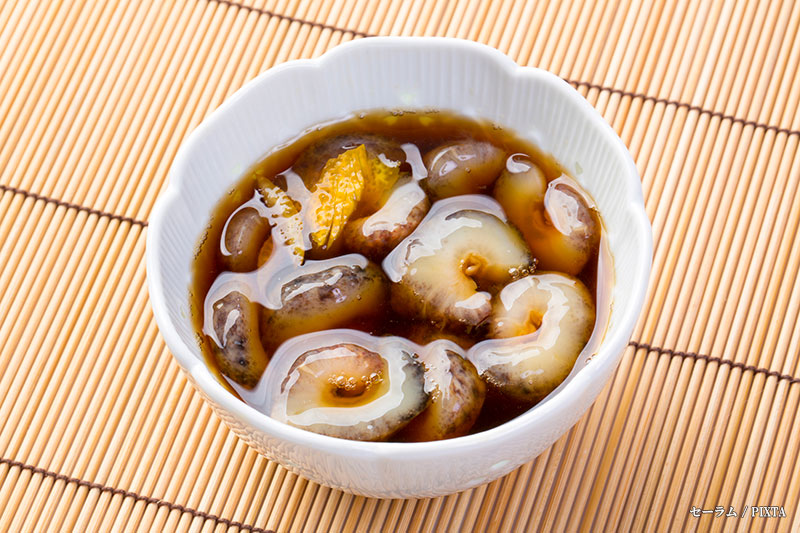
Photo of namako-su (photo for illustrative purposes)
Namako’s innards, salted and fermented into konowata, and dried hoshinamako are also prized as luxury ingredients in Chinese cuisine.
The appearance may take some courage to try, but the deep umami and unique texture of sea cucumber are truly one of a kind. If you come across it while traveling along the coast, consider it a lucky delicacy.
Basashi (horse sashimi)
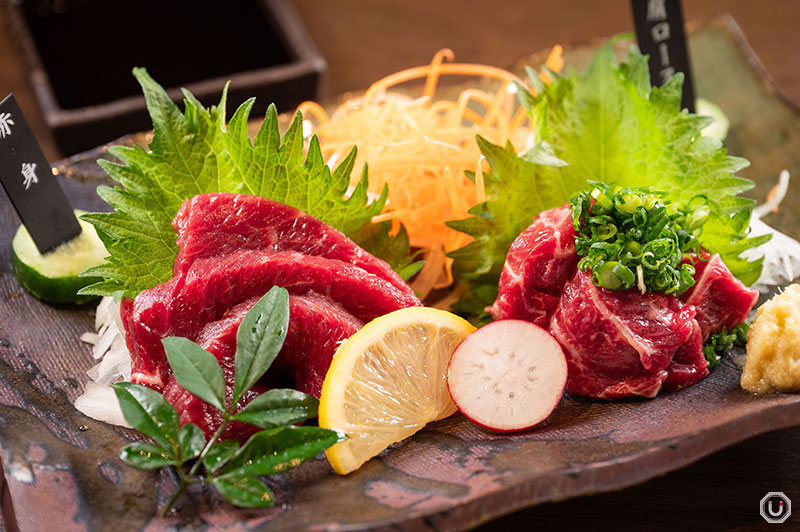
Basashi at Kyūshū Nechūya Ueno LIVE
When you’re at an izakaya in Japan and feel like trying something a little unusual, it’s always a pleasant surprise to spot basashi (horse sashimi) on the menu.
With very little gaminess, the lean red meat is light and clean in flavor, while the fatty cut from the horse’s neck, called tategami (horse mane), has a subtle sweetness that releases more umami with each bite.
When it comes to horse sashimi, Kumamoto Prefecture is especially famous. The local style there is to top the slices generously with ginger and garlic, then enjoy them with the sweeter soy sauce unique to Kyushu.
However, horse meat has long been part of the food culture not only in Kumamoto but also in regions like Nagano and Aomori, each offering different cuts and ways to enjoy it.
So why did the custom of eating horse meat raw develop and take root in Japan?
Historically, from the Edo to the Meiji periods, when draft horses and warhorses in mountainous and cold regions grew old and finished their service, they began to be eaten as a valuable source of protein.
Especially in inland areas, where people couldn’t rely on seafood, horse meat and other game became important sources of animal protein.
Where to eat basashi in Japan
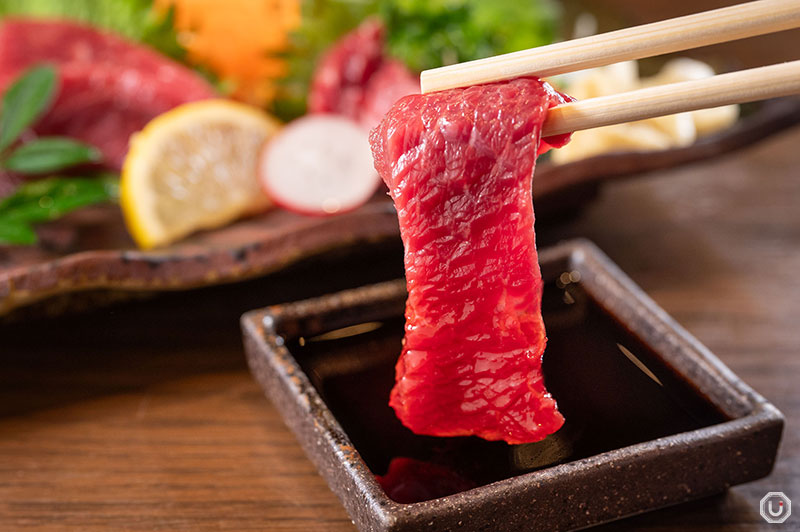
Basashi at Kyūshū Nechūya Ueno LIVE
Thanks to advances in hygiene management in recent years, it has become possible to safely enjoy horse sashimi even at izakayas and specialty restaurants in urban areas.
In particular, restaurants specializing in regional cuisine from Kyūshū almost always feature it as a staple menu item.
Even those who were hesitant before are sure to be won over once they give it a try—the taste is surprisingly addictive.
Raw egg
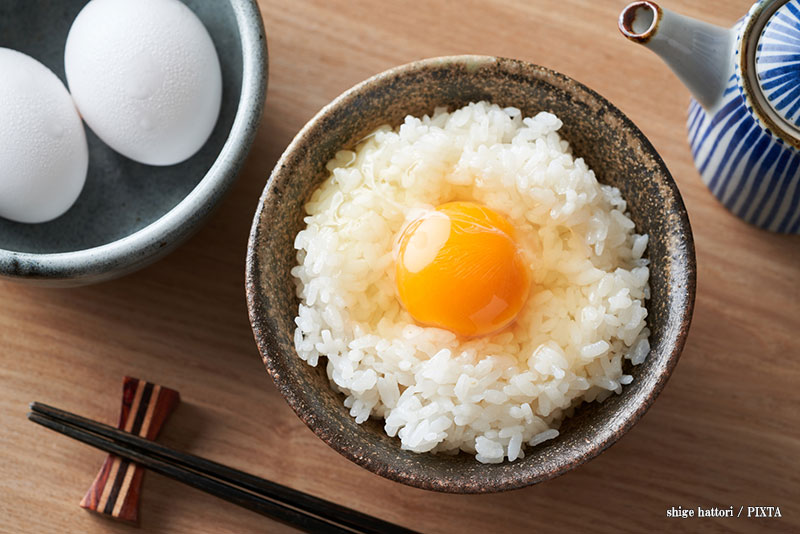
Tamago kake gohan (photo for illustrative purposes)
Eggs are a familiar ingredient enjoyed around the world. However, the practice of eating them raw is relatively rare.
In Japan, strict quality control and hygiene standards make it safe to consume raw eggs.
By contrast, in many other countries, eggs are typically eaten cooked, so visitors are often surprised when they encounter Japan’s raw-egg culinary culture.
Against this backdrop, simple dishes like tamago kake gohan—commonly called “TKG”—have become widely loved: a raw egg poured over hot rice with a splash of soy sauce.
Raw eggs also play a key role in dishes like sukiyaki, grated yam rice, and yukhoe-style preparations.
The rich, creamy yolk and smooth texture blend perfectly with other ingredients, enveloping the dish in a gentle, savory richness.
Where to eat raw eggs in Japan
Recently, specialty restaurants dedicated to tamago kake gohan have emerged, where diners can enjoy creative variations using carefully selected local eggs and a variety of toppings.
Additionally, at nationwide gyūdon (beef bowls) chains and other set-meal restaurants, raw eggs are now a standard topping, readily available for customers.
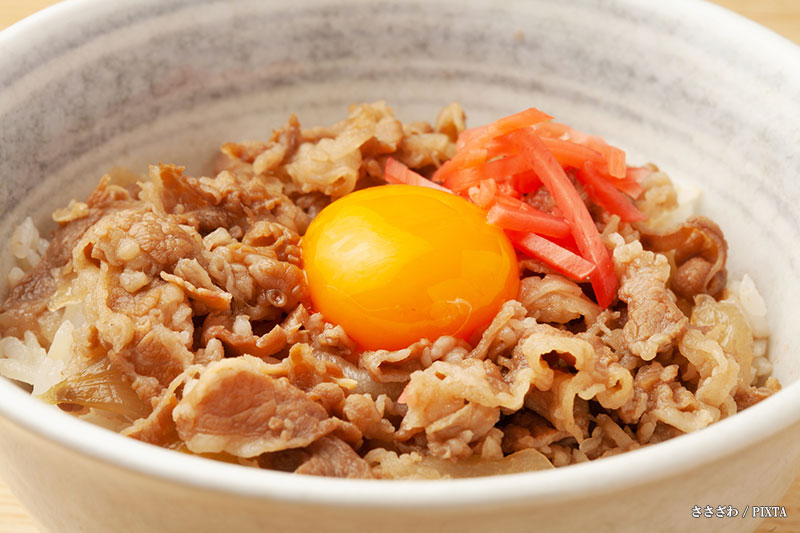
Gyudon topped with raw egg (photo for illustrative purposes)
Familiar yet surprisingly profound, Japan’s raw egg dishes are delicious—one taste and you may never look back.
Shiokara (fermented seafood offal)
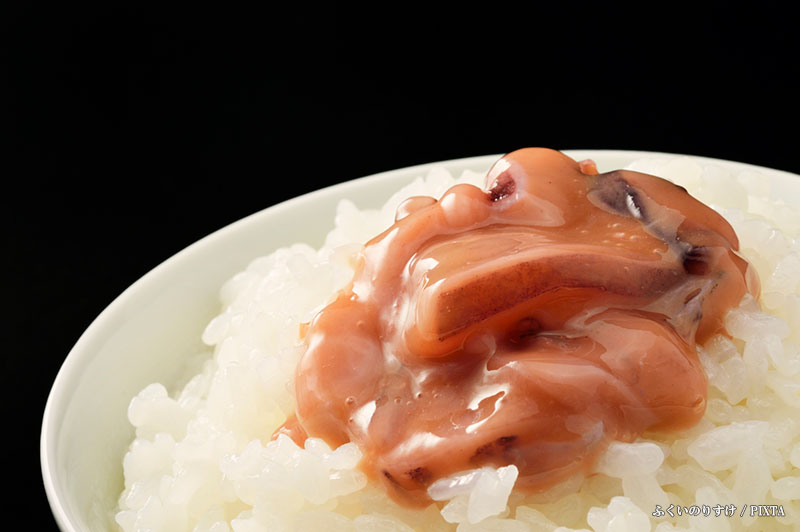
Shiokara (photo for illustrative purposes)
Shiokara is one of Japan’s most iconic delicacies. With just one bite, its rich umami and savory flavor fill your mouth.
Familiar to lovers of sake, it can be surprising for first-timers due to its strong taste and aroma.
Shiokara is made by fermenting the offal or flesh of seafood with salt.
Depending on the region, shiokara can be made from octopus, bonito, sea squirt, and more, offering a wide variety of flavors. Among them, the most popular is considered to be ika no shiokara (squid shiokara).
It pairs perfectly with rice, sake, or shōchū, and enjoying it in small amounts is considered a refined pleasure for mature palates.
Its origins are ancient; some say it developed as a method to preserve seafood in times when storage technology was limited.
In coastal regions, the wisdom of using every part of the sea’s bounty gave rise to this unique culinary culture of shiokara.
Recently, in addition to traditional salty varieties, milder and creamier versions have appeared, as well as Western-style adaptations using olive oil or cheese, gaining popularity among younger generations.
Where to eat shiokara in Japan
Handmade shiokara can be found in the delicacy sections of department store basement shops or at regional product fairs, and is also easily available at supermarkets.
If you haven’t tried it yet, start with a small amount. Enjoyed with sake, it’s a refined pleasure for adult palates.
Horumon (offal)
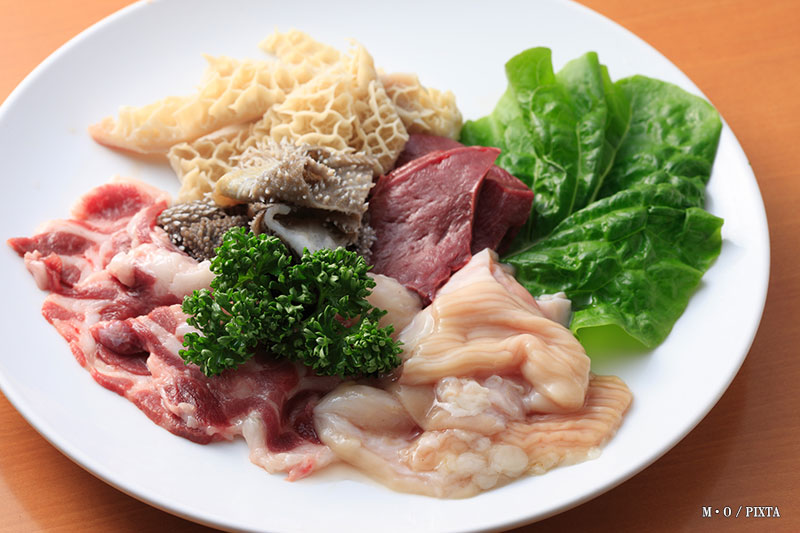
Horumon (photo for illustrative purposes)
One of the staples on yakiniku restaurant menus is horumon (offal). Its appeal lies in the variety of textures—some parts are springy, others crunchy—offering completely different sensations depending on the cut. (Note: “horumon” is pronounced very similarly to the English word “hormone,” but the two are unrelated.)
Horumon refers to the internal organs of mainly beef or pork, a delicacy that has been cherished in Japan for centuries.
Among the many horumon cuts, the iron-rich rebā (liver) is a must-try. Its creamy texture and distinctive aroma make it a favorite, whether grilled or served sashimi-style.
Other cuts include mino (first stomach), hatsu (heart), shimachō (large intestine), giara (abomasum), and tan (tongue). On menus, they’re listed under cut names—culinary jargon rather than plain anatomical labels—so, even for Japanese people, the names themselves spark the imagination.
Since the texture and fat content vary with each cut, sampling different parts makes for an enjoyable and engaging experience.
Where to eat horumon in Japan
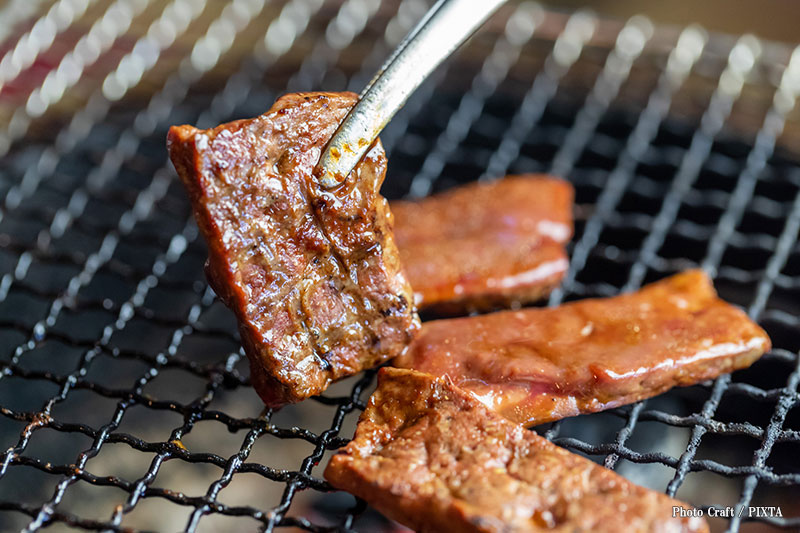
Liver (photo for illustrative purposes)
When it comes to where you can enjoy it, yakiniku restaurants are the go-to spots. The classic way is to savor horumon grilled over charcoal, simply seasoned with sauce or salt.
It pairs perfectly with beer or a lemon sour, and it’s easy to see why the drinks keep flowing.
Additionally, supermarkets sell horumon by cut, allowing people to enjoy stir-fried or simmered horumon at home. Many come pre-cleaned and ready to cook, making it convenient as well.
Seaweed
Seaweed is a subtle yet essential part of Japanese food culture, appearing on the dining table almost every day.
Not only is it used as an ingredient in dishes, but also for making dashi broth, so you may be consuming it without even realizing it.
The most common varieties are wakame, hijiki, and kombu (kelp). Wakame, in particular, is the most popular seaweed used in miso soup.
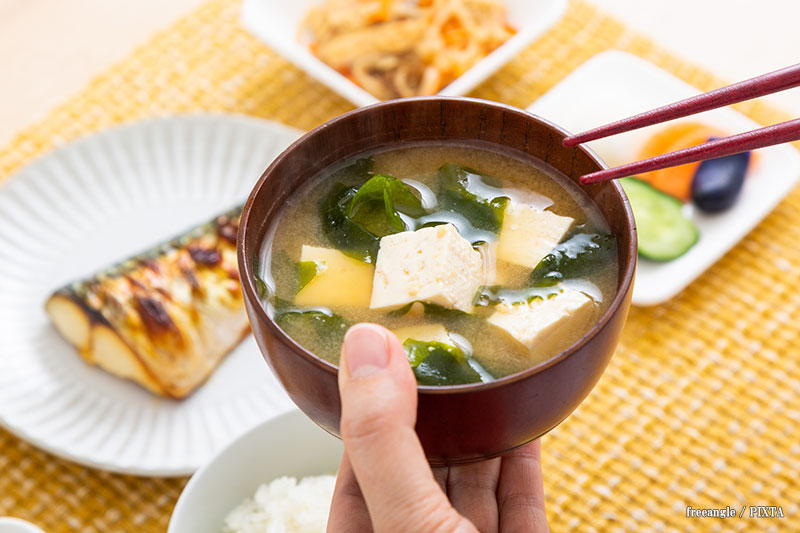
Miso soup with wakame and tofu (photo for illustrative purposes)
With a quick touch of heat, it changes from black to a vibrant green, releasing a faint aroma of the sea along with a crisp texture.
Hijiki is known as a staple ingredient in simmered dishes. When cooked together with carrots, fried tofu, or soybeans, it becomes a gentle, comforting side dish.
Both are rich in minerals and dietary fiber unique to seaweed, and have long been cherished in Japan as nourishing ingredients.

Hijiki (photo for illustrative purposes)
Another indispensable use of seaweed in Japanese cuisine is for making dashi broth.
Well-known varieties include ma-kombu (S. japonica var. japonica), rishiri-kombu (S. japonica var. ochotensis), and rausu-kombu (S. japonica var. diabolica), which are specifically used for dashi.
When combined with katsuobushi (bonito flakes) or niboshi (dried sardines), the resulting blended dashi gives Japanese cuisine an even greater depth of flavor.
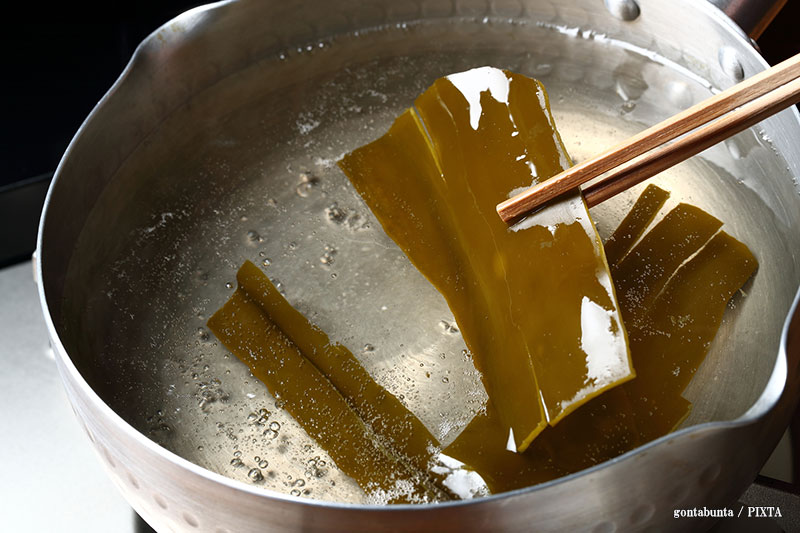
Kombu dashi (photo for illustrative purposes)
Seaweed is incredibly versatile—delicious whether simmered, mixed into dishes, cooked with rice, or used for broth. It may seem modest, but its quiet yet essential flavor makes it a true unsung hero of Japanese cuisine.
Where to eat seaweed in Japan
Seaweed, a staple ingredient found in almost any Japanese meal, can easily be purchased at supermarkets.
If you’re looking for higher-quality options, visiting a specialty shop that sells dried goods is a sure bet.
However, such shops mainly cater to restaurants and are relatively few in number, located in places like Tsukiji or Toyosu.
For a more casual and convenient option, large supermarkets are usually more than enough.
Most seaweed is sold in dried form. Wakame or hijiki can be rehydrated in water before being used in simmered dishes, while kombu can be boiled directly with water to create a rich, flavorful broth.
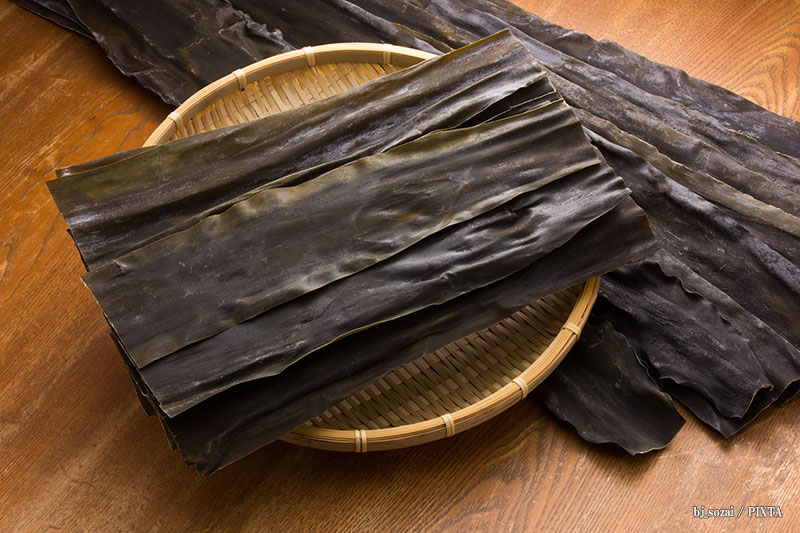
Dried kombu (photo for illustrative purposes)
With their unique aromas or unusual appearances, the Japanese ingredients introduced here can often seem intimidating or overwhelming at first glance.
However, once you give them a try, you’ll discover layers of deep umami, cultural background, and the wisdom and ingenuity behind them.
From fermented foods like natto and shiokara, to regional specialties like basashi and horumon, and staples of Japanese food culture like seaweed and kombu.
Japan is home to countless flavors that go beyond ordinary taste—truly distinctive and one of a kind.
Exploring them is more than just a culinary experience; it’s also a way to savor the culture, history, and everyday life of different regions. Even if they surprise you at first, before long, one of them is sure to become a new favorite.

